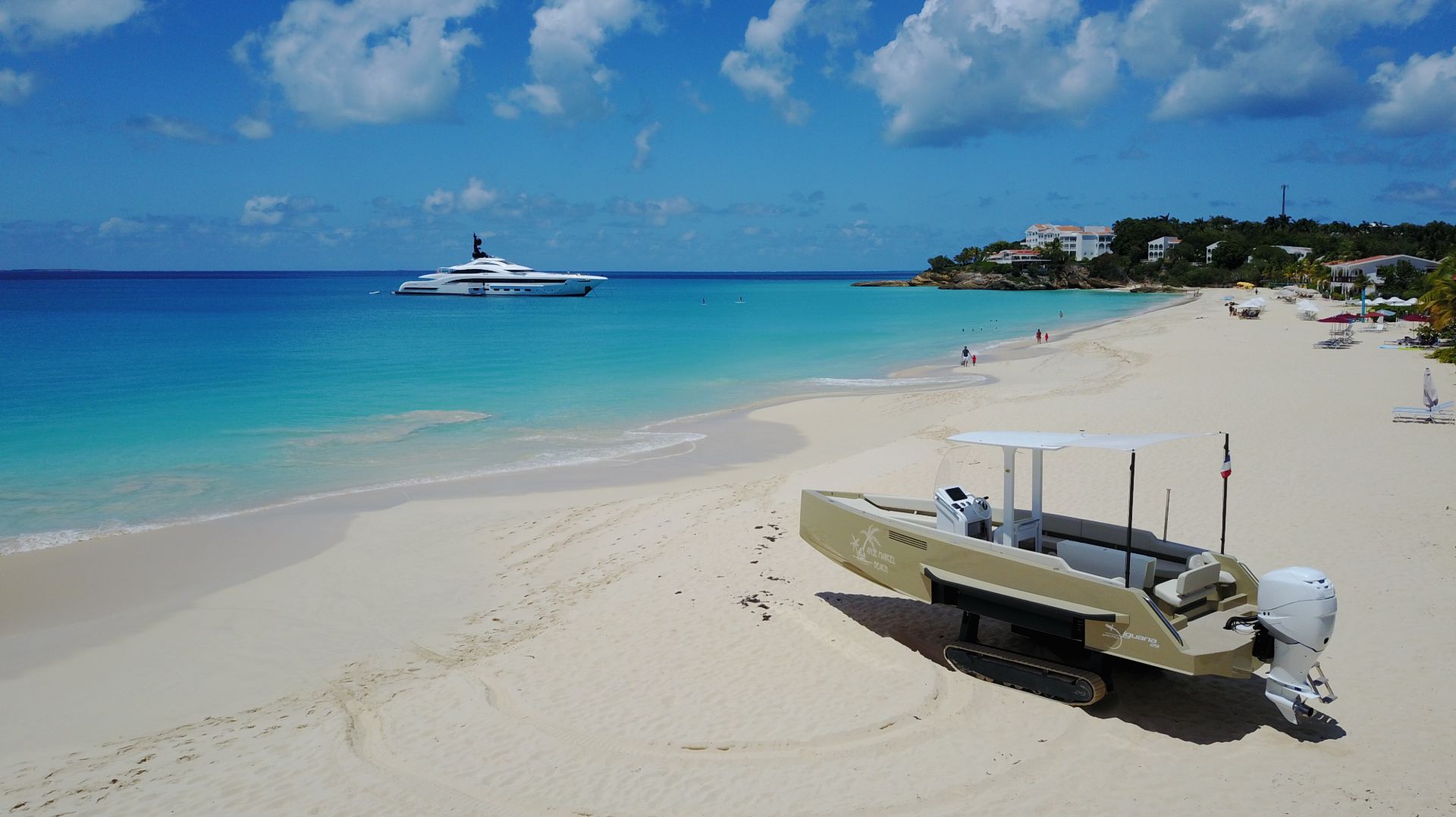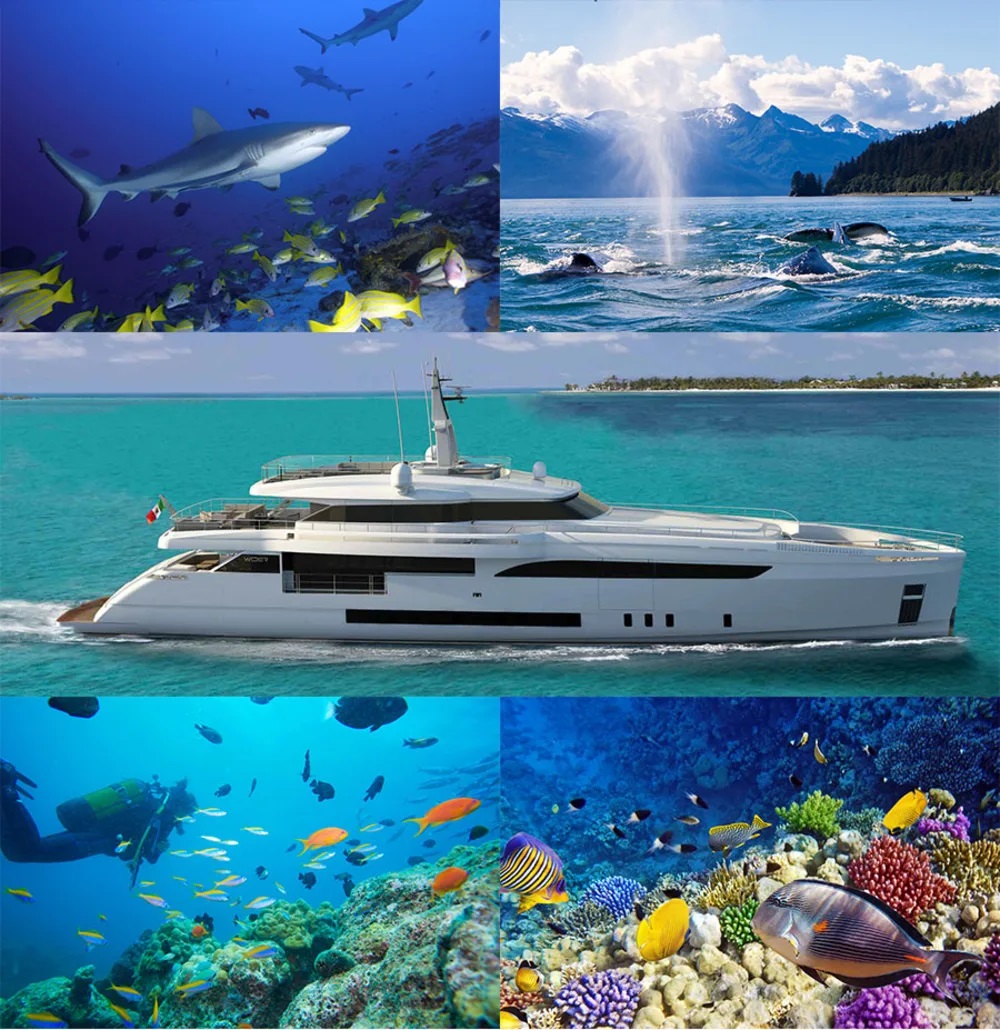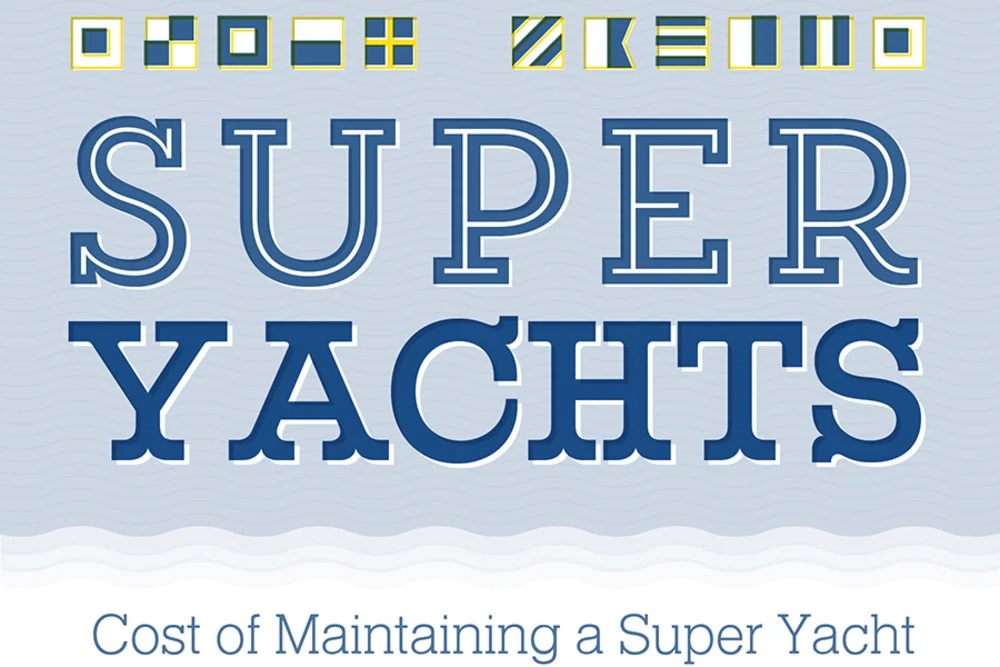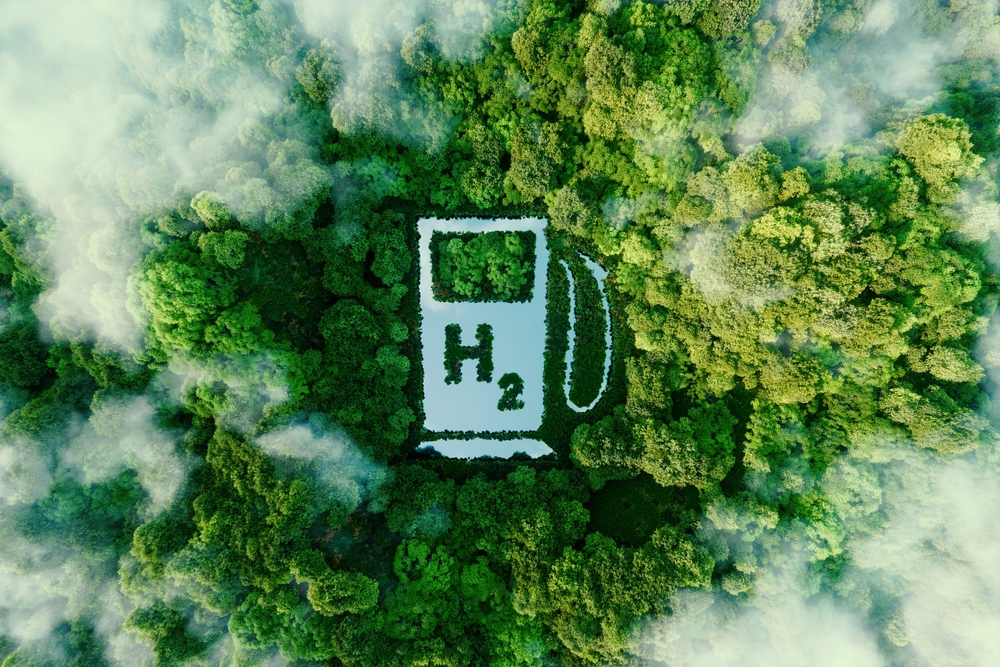
Is Hydrogen Propulsion the future of yachting? Some say that by as early as 2024, hydrogen-powered yachts could be the new 'norm'.
What is Hydrogen? And what are the differences between Blue and Green Hydrogen?
Hydrogen is considered a cleaner alternative to methane, known as natural gas. It’s the most abundant chemical element not only in our world but in the universe as well, estimated to contribute 75% of the mass of the universe.
Blue Hydrogen is produced from non-renewable energy sources, by utilizing one of two primary methods:
1. Steam Methane Reformation
2. Autothermal Reformation
Both produce carbon as a by-product, so carbon capture and storage (CCS) is essential to trap and store this carbon.
Green Hydrogen is produced by using electricity to power an electrolyzer that splits the hydrogen from water molecules.
This process alone produces pure hydrogen, with no harmful by-products such as zero noise, zero emissions, and zero fine particles. The primary bonus of this method is that it uses electricity, and also offers the potential to divert any excess electricity – which is hard to store (like surplus wind power) – to electrolysis, using it to create hydrogen gas that can be stored for future energy needs.
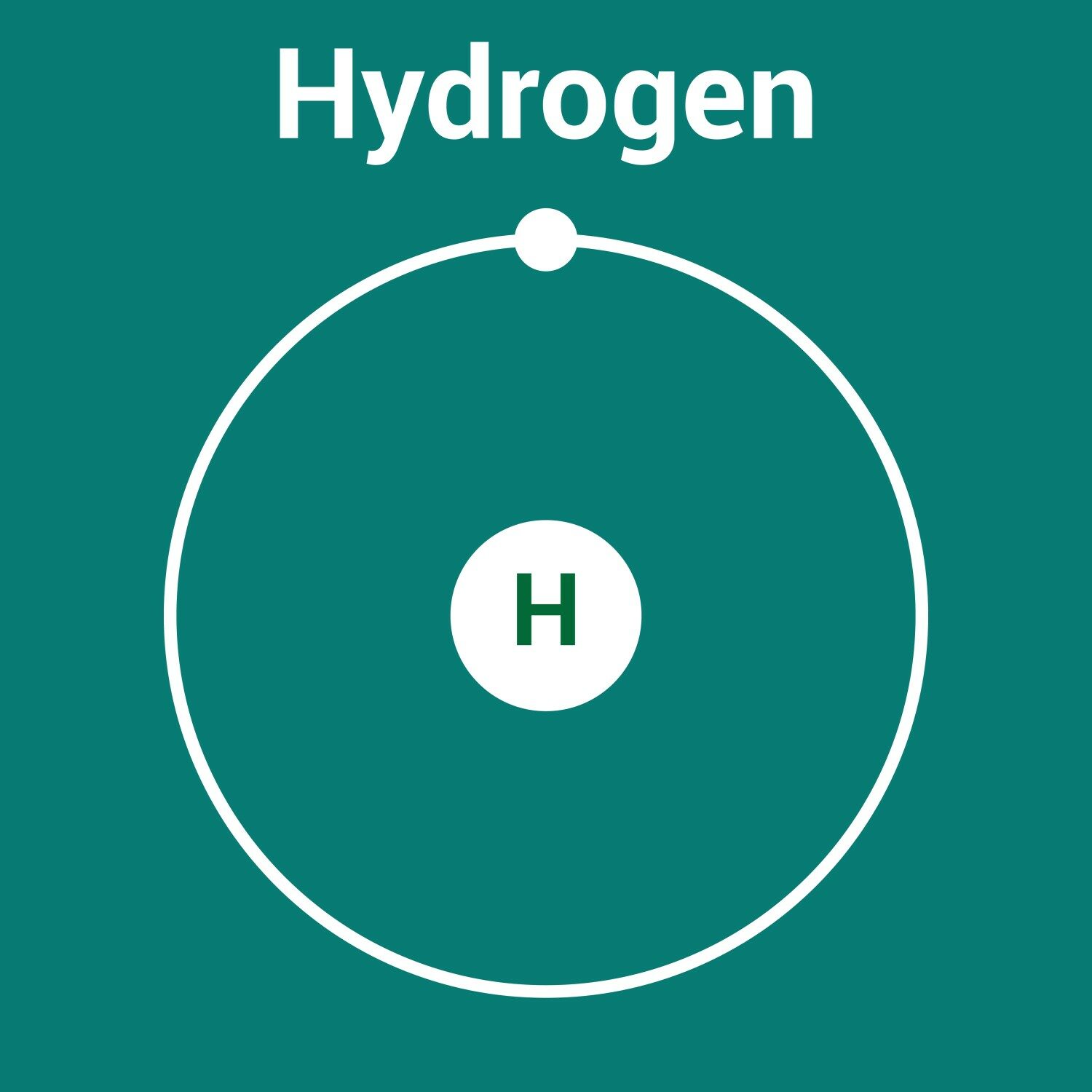
ENERGY OBSERVER / TOYOTA
Early in March of 2022, both Yahama and Toyota were discovered collaborating in the development of a V8 hydrogen engine, which is in the process of being put to the test in automobiles already and in line for a transom eventually. Furthermore, Toyota has already made the step further with the newest Energy Observer, circumnavigating the globe as we speak. Toyota has been a partner of Energy Observer’s journey into the future since its christening in Paris on 6 July 2017. The Energy Observer is an energy-autonomous hydrogen-powered catamaran, making it self-sufficient, in energy with zero noise, zero emissions, and zero fine particles. Paving a way for a newer-cleaner alternative to yachting.
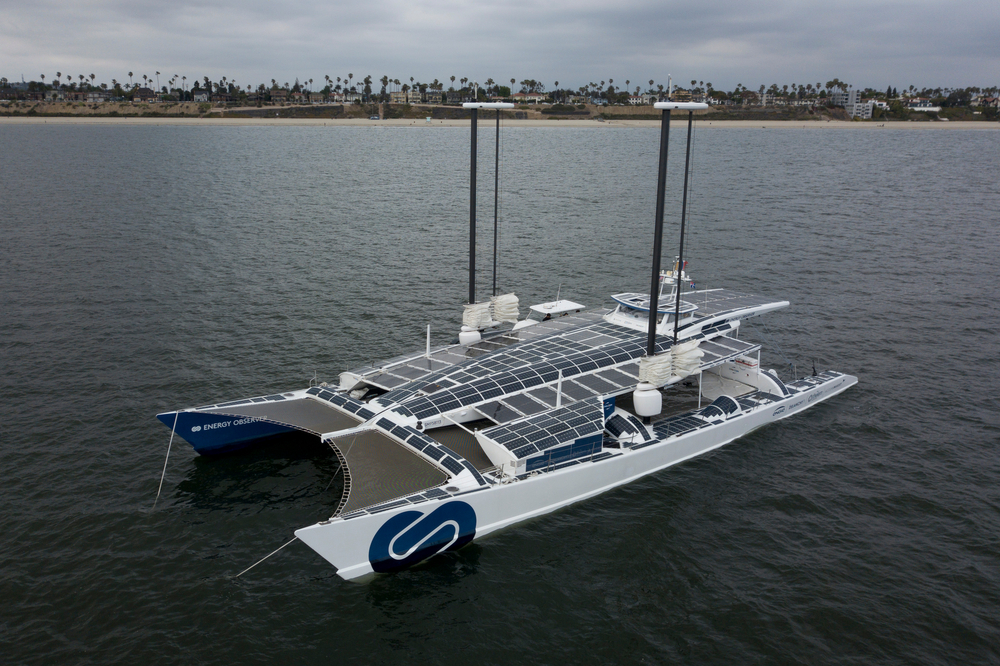
HYNOVA – La Ciotat, France
The Hynova 40 – is the first ever Hydrogen-powered Yacht to go into production. This 12-meter-long Hynova 40 is solely battery-powered. It is a recreational powerboat equipped with a fuel cell system, the first of its kind. It effectively incorporates electric-hybrid technology (powered by zero-emission hydrogen) to recreational boating, supported by Toyota’s REXH2 with fuel cell technology. With two 150 kW motors alongside two batteries, it can easily reach a whopping 15 knots cruising with a 25-knot max. When idle, the fuel cells recharge the batteries. Fuel cells and batteries work adjacently to push the motors together when there is a need for more power.
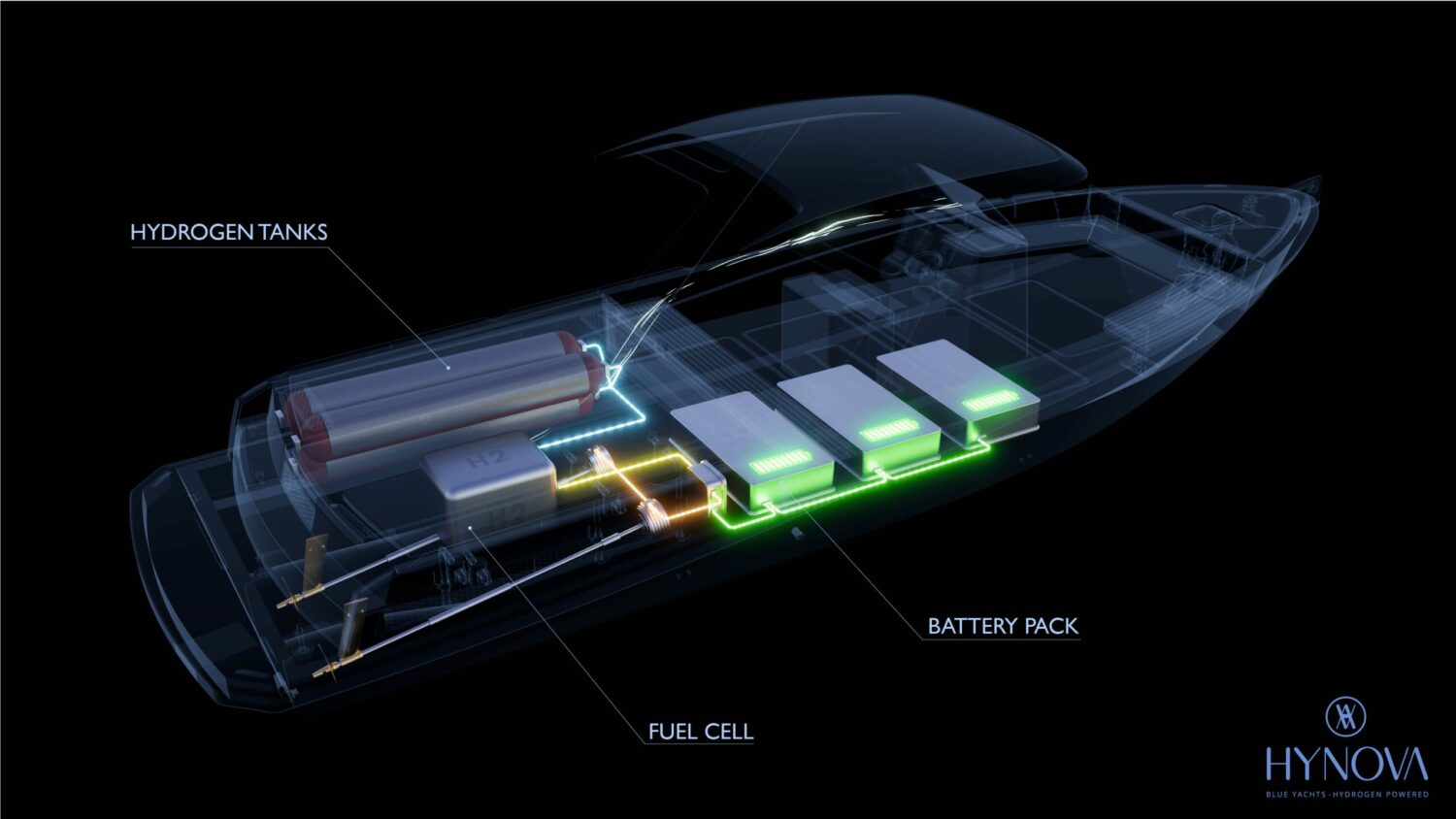
LÜRSSEN – Bremen, Germany
Lürssen has been known to be quite discreet about its projects, but, evidently, they couldn’t contain their excitement about their groundbreaking new vessel. The shipyard had announced the sale of its first superyacht to be powered by hydrogen fuel-cell technology, much like the REXH2 used on the Hynova 40, back in March of 2021.
“Contrary to our normal behavior we can tell you today that we are actually building a superyacht with a fuel cell installed on the yacht,” Lürssen said. “It is very exciting and he [the owner] gave us permission a week ago to talk about it. This, I think, will push the eco-friendliness of yachts to a new dimension in the new future.”

BAGLIETTO – La Spezia, Italy
Baglietto is another larger shipward that is working on a new hybrid prototype, project BZERO. Having used last year’s Monaco Yacht Show to reveal its newest prototype that uses seawater to produce power, Baglietto is on its way to having a fully functioning prototype by as early as 2025. Very much like Lurssen, the aim of the BZERO project is to increase the electric cruising range of vessels through zero-amissions, through hydrogen fuel cell technology on a diesel-electric or hybrid platform. “We are already working to have this application on one of our 52 metre hulls,” Ernetto (Chief Commercial Officer to Baglietto) confirmed.
Now how does their system work? The propulsion system involves the utilization of a hydrogen production module that produces hydrogen from seawater through a system of electrolysers. Again, just like all the other companies working towards a greener-safer alternative to our planet. The electrolysers will be powered by energy from other renewable sources of energy, such as batteries or photovoltaic panels, with the aim of producing as much green hydrogen as possible.
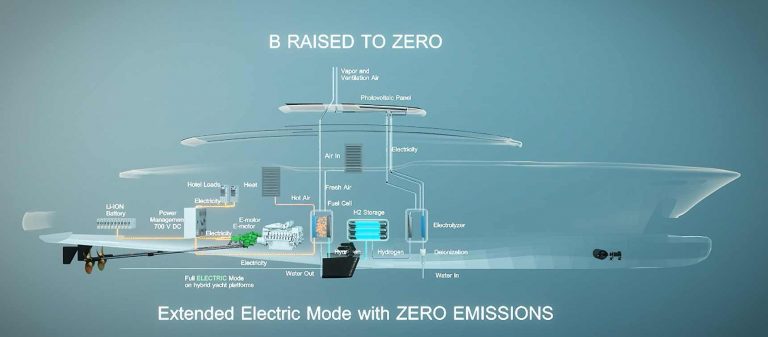
SEABUBBLES – St. Jorioz, France
A French company based in Annecy, builds hydrogen-powered foiler boats granting a unique client experience (the flight in video). The company was only just taken over 18 months ago by a French multi-entrepreneur from Lyon, giving a new breath, a new direction, and new management, towards decarbonated exclusive navigation. Their boats are zero-emission, zero waves, and zero noise, at the cutting edge of innovation, thanks to the combination of a hybrid hydrogen-electric propulsion system and retractable foils. All of which are currently in the production phase.
Having stirred a real enthusiasm at the Dubai Boat Show this year, with a whopping 39 million views in the local press, SEABUBBLES is looking to make a name for itself in this year’s upcoming Cannes Yachting Festival. So if you’re around the area on the 6th of September, be sure to check out SEABUBBLES to gather more information, and have the once-in-a-lifetime opportunity to meet their team and working prototypes!
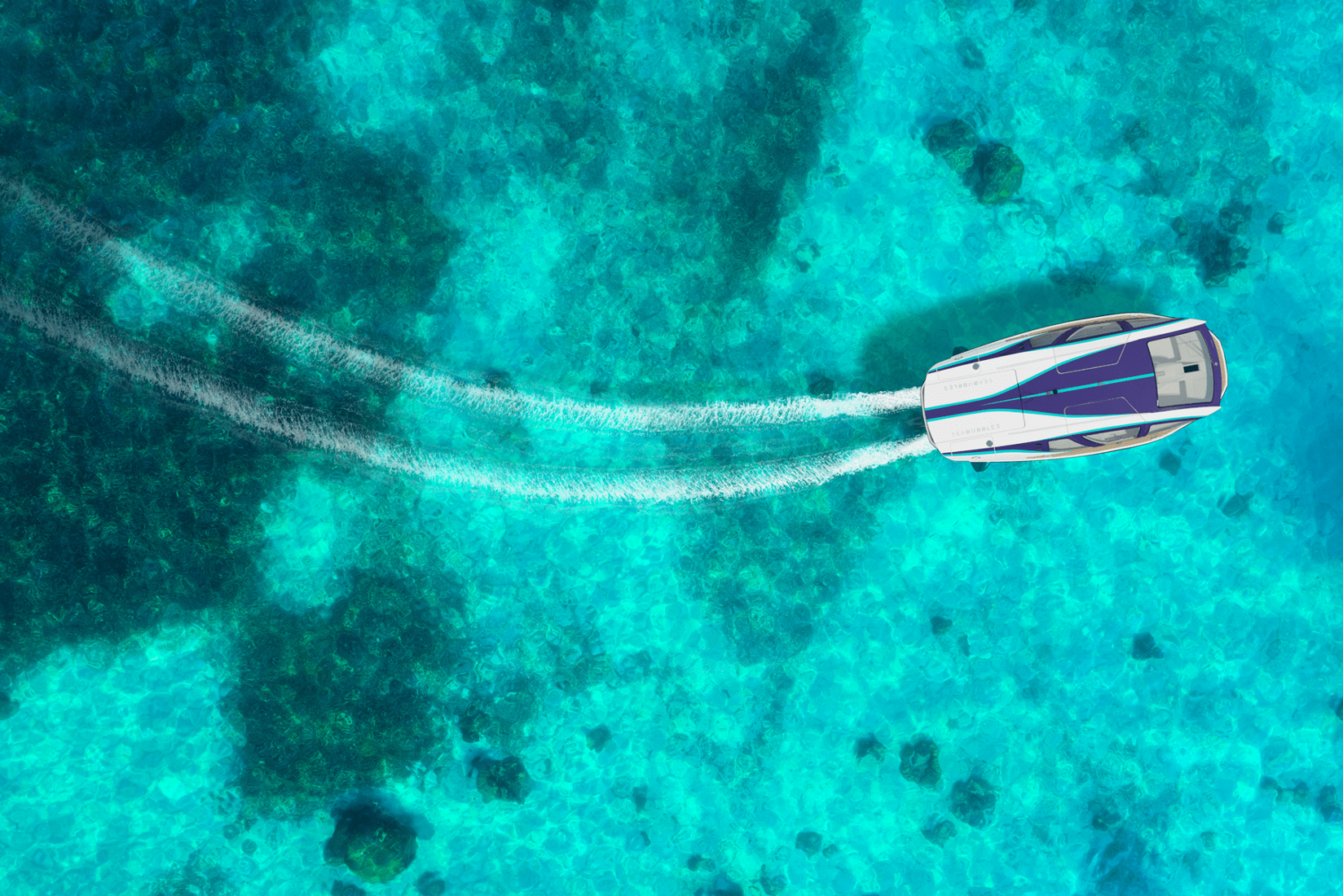
With many other shipyards all striving for a greener future in the maritime industry, we can expect to see many other hydrogen-based prototypes rise out of the shadows in the near future. Stay tuned and be the first to know all about the innovations for a greener future!
